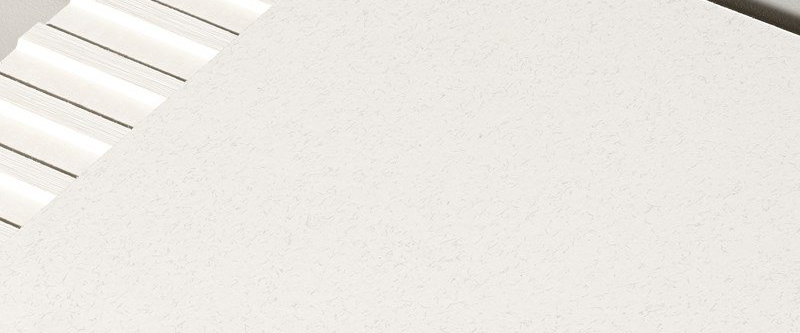There was a small house on this site in the shadow of Mount Leinster. Fairly typical of what you might find anywhere in rural Ireland, it had recently been built by a father for his son, who was working abroad. It faced on to the road, ignoring wonderful views in two directions – of the mountain to one side and a long valley on the other.

When it came to adding a much-needed social space for the house, Ryan Kennihan first studied the traditional farmhouses there in the foothills of the Blackstairs Mountains, noting the loose informal relationships that exist between vernacular buildings of different periods. “Some are linear, but others snake along in response to the contours, with a wonderful asymmetry. I wanted to make a simple thing, as if it had been designed from the start,” he says. “Not a cottagey thing with an addition tacked on, but a unified project.
“We stripped off the porch and decorative plaster quoins, reducing the existing house to simple gables, punched windows and a pitched roof, while keeping the internal layout. Then we hinged the new room about the gable to take advantage of the views. We took the ridge height, roof pitch and building depth from the original. We extended the eaves, so you can walk around outside under cover. And we gave the new room more dramatic openings – long bay windows that appear to hang from the eaves.”

The plan of the extension, which is primarily one big room zoned for different uses, is a double square. Three of the four bays are full-height, while the end bay contains a small patio porch, a wine room and a stairs to a gym and sauna in the attic space: this unusual arrangement has resulted in a quirky, charming and thoroughly memorable gable elevation.
“We wanted to do something elegantly primitive,” says Kennihan, “starting from the most basic of structures – a ridge supported on timer posts, with draped rafters. One of the posts does not extend to ground but is supported off a tie beam, giving an uninterrupted space below. The scale of the columns (200 x 200), tie beam (450 x 200) and eaves beam (350 x 200) is large, and a delicate filigree of rafters is overlaid on this.

“It’s quite a simple thing – a big hall. The guys on site called it ‘the barn’. All the connections are very elemental. Everything depends on the details, which are reduced to their essential core, and the counterpoint between the muscular structure and the delicate texture of tightly spaced rafters and slender window mullions. That figure-field relationship of singular things set against a textured background is a recurring theme in our work. Here, we were tuning the structure to do that.
“We used Mattie O’Malley from Galway – the timber guy – as a specialist subcontractor to make the primary and secondary structure up to the breather membrane. We all use him whenever possible. He went to Germany to find the Douglas Fir for the structure. The rafters are pine, planed and stained with a light white stain so they don’t look as yellow and knotty as usual, but you can still see the grain. It lightens the whole thing.”

The house is anchored by a long dry-stone wall made of granite found on the site, but its most striking feature is the enormous fibre-cement roof with its massively extended eaves. There are no gutters. French drains collect the runoff. “The landscape is seamless, right up to the house,” says Kennihan. “The grass growing there is kind of mossy, but it’s still green.”
No surprise then that this thoughtful work of domestic architecture was highlighted as an exemplar of how to build well in the countryside on Dermot Bannon’s television series, Room to Improve.


Architect: Ryan W Kennihan 2009 – 2013
Location: Myshall, Co. Carlow
Photography: Copyright Alice Clancy courtesy of Ryan W Kennihan
Curated By: Shane O'Toole
Feeling inspired? You can enjoy more Building of Month articles curated by Shane O'Toole by clicking below.

